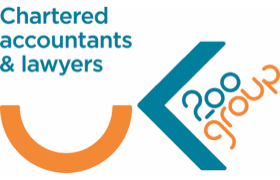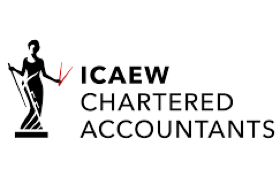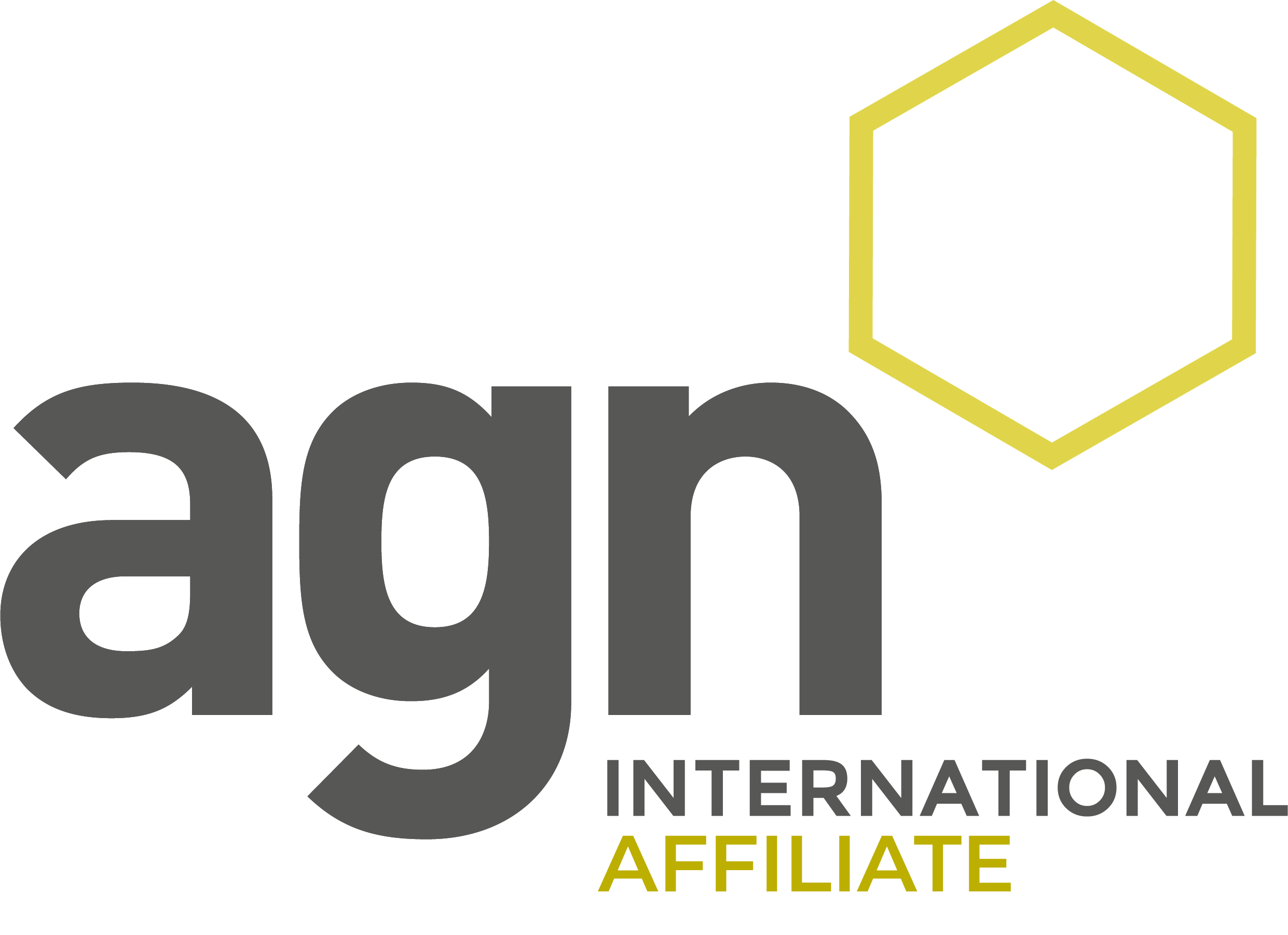Making Tax Digital set to widen again with 900,000 more affected
- 9th April 2025
Making Tax Digital (MTD) is set to expand once more. From 6 April 2028 self-employed individuals and landlords earning between £20,000 and £30,000 a year will be required to comply with the MTD rules. This brings nearly 900,000 additional taxpayers into the regime and marks a significant step in the Government’s drive to digitise tax administration.
Although HMRC had previously confirmed this group would be included before the end of the current parliament, the specific date of April 2028 is earlier than many expected.
The first wave of Making Tax Digital for Income Tax will affect those earning more than £50,000 from 6 April 2026. These taxpayers will have until 31 January 2028 to finalise their obligations for the 2026/27 tax year. That deadline leaves HMRC with a very short window to address any system issues before the next group joins in April 2028.
One of the practical challenges lies in software. Taxpayers earning between £20,000 and £30,000 are more likely to be unrepresented and will need access to free or low-cost MTD-compatible software. At present availability is limited although more solutions may become accessible as the deadline approaches.
Crucially the income level that determines whether someone is caught by MTD will be based on their income in the 2026/27 tax year. Looking ahead it is possible that the threshold could drop further with the Government already signalling an intention to include those earning less than £20,000 in future phases.
There is another important update. HMRC has confirmed that year-end tax returns must now also be submitted through MTD-compatible software or another recognised tool. Previously it was assumed taxpayers could use HMRC’s online service for this but that is no longer the case.
“When selecting software make sure it covers the full process including quarterly submissions and the final return” advises Matthew Priest, Partner. “Some packages only deal with one part of the process so choosing the right tool will be key to staying compliant. Value will also need to be considered as some software products can offer significant time saving through automation and their interfaces, so cost along with time cost should be the consideration here.”
HMRC has published a list of software providers that are currently compatible with MTD for Income Tax and we expect this list to grow in the coming months.
All data and figures referred to in our news section are correct at the date of publishing and should not be relied upon as still current.



